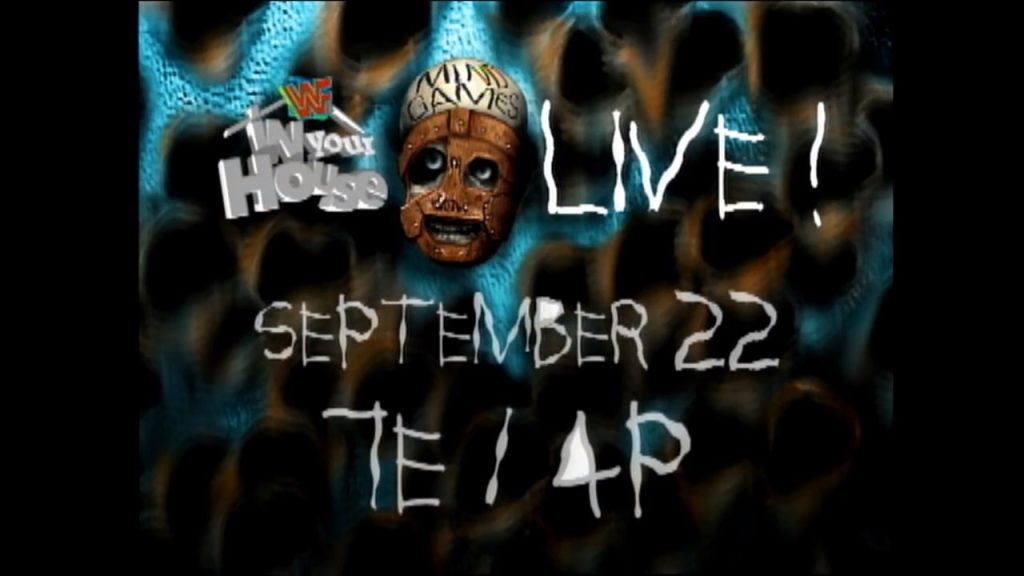Hulk Hogan’s Creative Control: Power Plays in WWF and WCW
Hulk Hogan, christened “The Immortal,” stood at the helm of professional wrestling’s Golden Age. Beyond his captivating ring presence, charisma, and the Hulkamania phenomenon, his influence extended behind the curtain. Hogan’s leverage to shape his character’s narrative arc—known as “creative control”—played a defining role in his tenure with WWF (now WWE) and, more overtly, in WCW.
WWF: The Rise of Hulkamania In WWF, Vince McMahon built his brand around Hogan. As WWF skyrocketed in popularity during the 1980s, Hogan became the face of this global expansion. His larger-than-life persona, combined with media appearances and merchandise sales, made him indispensable.
While Hogan’s official “creative control” wasn’t codified in the WWF, his influence was palpable. Matches, storylines, and feuds involving Hogan often saw his heavy input. For instance, Hogan’s notable feuds with Andre the Giant, Randy Savage, and The Ultimate Warrior were, by multiple accounts, co-narrated by Hogan’s vision.
However, the lack of formal creative control in WWF meant Hogan’s influence had limits. Hogan didn’t have a veto right on booking decisions, and while he could suggest, lobby, and negotiate, he didn’t have the final word.
WCW: The Contract and The Control Hogan’s move to WCW in 1994 changed the dynamics. Offered a lucrative contract by Eric Bischoff, Hogan secured a clause that granted him creative control over his character— an unprecedented level of influence. This essentially meant that Hogan could approve or disapprove any storyline or match outcome involving his character.
This control fundamentally shaped WCW’s trajectory during Hogan’s tenure:
- The Heel Turn and nWo: Hogan’s decision to turn heel and form the New World Order (nWo) alongside Kevin Nash and Scott Hall marked a seismic shift in professional wrestling. This storyline is often credited to Hogan’s vision, backed by his creative control. The nWo storyline propelled WCW ahead of WWF in ratings for an extended period.
- Stifling Younger Talent: Critics argue Hogan’s control often held back emerging stars. Wrestlers like Diamond Dallas Page and Sting did thrive, but others found it hard to break through when the spotlight remained fixated on Hogan and his cohort. This led to stagnation in story arcs and repetitiveness, with older stars continually being at the forefront.
- Conflict with Other Stars: Hogan’s control often led to disagreements with other top-tier talents. Notable is his feud with Ric Flair. Both had differing visions of how their rivalry should play out, and Hogan’s creative control often meant his version prevailed.
- WCW’s Decline: By the late ’90s, WCW started losing its ratings war with WWF. Some analysts and insiders attribute part of this decline to Hogan’s dominating influence. The storylines began to feel recycled, and the brand lacked the freshness of WWF’s “Attitude Era.”
Post-WCW and Return to WWE Hogan’s return to WWE in the 2000s was marked by a reduction in his behind-the-scenes power. While still a significant player, the landscape had evolved, with stars like Stone Cold Steve Austin and The Rock dominating. Hogan had notable feuds and matches, but his era of overarching influence, as experienced in WCW, had waned.
Impact on Professional Wrestling Hulk Hogan’s creative control, especially in WCW, has been a double-edged sword. While it drove some of the most memorable and lucrative angles in wrestling history, it also presented challenges, both in terms of locker room dynamics and long-term brand health. Hogan’s influence serves as a testament to his unparalleled stature in wrestling, but also as a cautionary tale of the risks inherent when power is consolidated in the hands of one individual.
In sum, Hogan’s creative control showcases the complexities of wrestling’s backstage politics and the delicate balancing act promotions must play between star power and collective growth.





1 Comment
[…] significant factor in the match’s disappointment was Hulk Hogan’s creative control. His contract with WCW granted him a level of control over his character and storylines that was […]